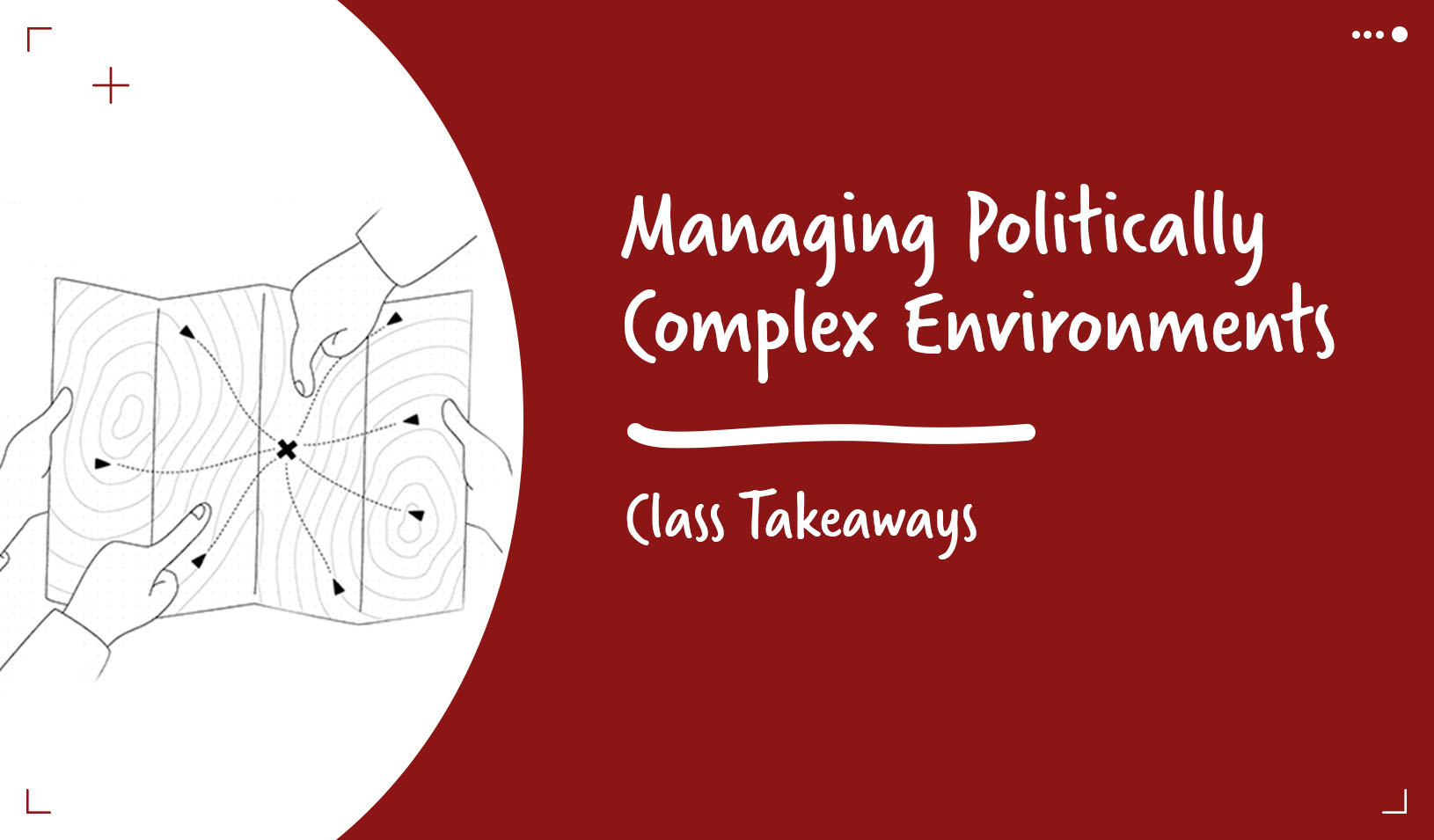Why would anyone want to invest money in the airline industry? As Southwest Airlines chairman and former CEO Herb Kelleher told an amused Stanford audience April 24, “It really is a horrible business! It’s capital intensive, labor intensive, fuel intensive, intensely cyclical, tremendously competitive … the government tells you what you can do in the air and on the ground every day.” And, he drawled, “Your capital assets travel at 500 miles an hour.”
Despite the challenges, Kelleher’s no-frills, low-fare airline has grown into the third largest in the world as measured by the number of passengers carried, and the largest with destinations exclusively in the United States. The Dallas-based carrier is also the only major American passenger airline that has consistently managed to turn a profit since 9/11.
So how did he do it? “It’s our philosophy,” the folksy Texan said in a lively Q&A session at Bishop Auditorium, part of the Stanford GSB’s “”View From The Top”” lecture series. “We figure there’s going to be at least two crises in every decade, and we’d better be ready for them. My slogan has always been, ‘We manage in good times so that we’ll do well in bad times.’”
Back in the late 1990s, for example, when fuel prices were relatively low and the airline industry was making record profits, Southwest took a close look at its books and realized it had a problem with escalating costs. By taking control of the situation early, Kelleher said, “when 9/11 happened we had the lowest cost per available seat mile and the strongest balance sheet in the U.S. airline industry.” Unlike other airlines, Southwest “had no furloughs and we brought all our planes up again as soon as the Department of Transportation allowed us. We were ready.”
Another key to Southwest’s success, Kelleher said, has been the company’s attitude toward innovation. In 1971, when Kelleher, a New York University-trained lawyer, cofounded the intrastate Texas airline with businessman Rollin King, skeptics in the Wall Street financial community “excoriated” their unconventional approach to cutting costs and reducing fares. Among their novel ideas: abandoning the time-honored tradition of multiple classes and reserved seating, relying on a single type of aircraft, offering snacks instead of full meals, and turning planes around within 10 to 15 minutes of landing.
Today, Kelleher said, Southwest continues to encourage and applaud out-of-the-box thinking from everyone at the company, from flight attendants to top-level executives. He recalled one mechanic, for example, who submitted a sketch showing how to fit an extra seat onto the aircraft, in order to compensate for some over-wing exit seats lost due to a new federal air safety regulation.
In general, Kelleher said, if a Southwest employee submits an idea like that, he or she can expect to get an answer back within a week, and a lengthy explanation to boot. The point, he said, is “never spoil an idea, because when you spoil an idea, you ensure that you’ll never get another one from that person.”
The attitude carries over to the airline’s labor relations. A pioneer in employee profit sharing, Southwest also is among the most heavily unionized carriers in the business. But as Kelleher said, “We’ve never treated them as adversaries. We’ve always treated them as partners, because if that canoe goes down, we’re all going down with it.” He said Southwest makes a point of including union leaders in company functions, and “if they have an issue, we take care of it as quickly as we possibly can.” During labor negotiations, “We have fights, but not vendettas. We yell, we throw things, we get a contract and then it’s behind us. It’s not like the Hatfields and McCoys, feuding and still killing each other after generations for reasons they don’t remember.”
Some of Kelleher’s pioneering human resource practices made their way into a case study authored by Stanford GSB Professors Charles O’Reilly and Jeffrey Pfeffer in 1995. The study, used in a variety of college and university courses, has sold more than 70,000 copies since.
Asked about Southwest’s future, Kelleher said his airline is keeping a careful eye on “astute” newer low-fare competitors, such as JetBlue and AirTran. Expanding to international routes, though, is not a high priority for Southwest at this time. As he explained, “We still think we have tremendous opportunities available in the United States. I’m not going to say we will never do it. Don’t misunderstand me. But when you can open service in Raleigh-Durham, as an example, and on day one operate with an 84.3 percent load factor, [it’s clear that domestic routes are] just easier to do. You don’t have to worry about exchange rates, you don’t have to worry about international security, and you don’t have to worry about language issues.”
After the session, Stanford students presented Kelleher with a bottle of “Wild Cardinal” — a playful jab at his self-proclaimed fondness for Wild Turkey bourbon whiskey — which he dutifully tasted. The Q&A session was led by George Parker, the Dean Witter Professor of Finance and Management, Emeritus.
For media inquiries, visit the Newsroom.






